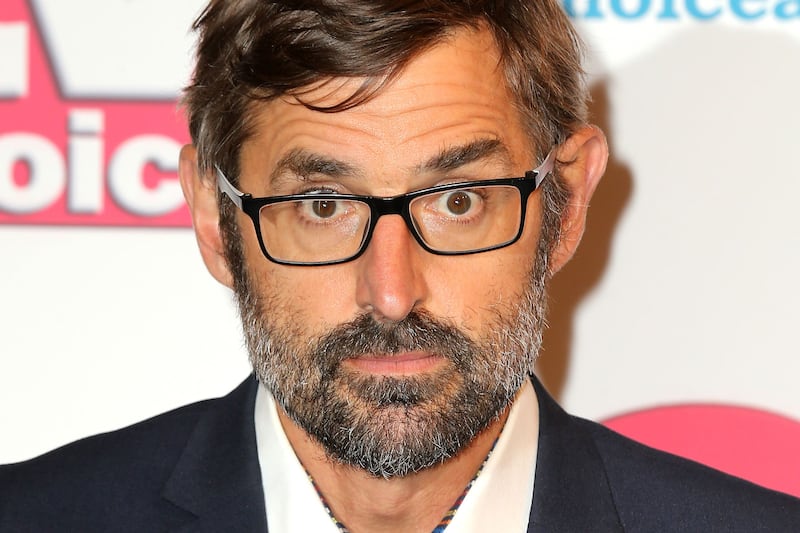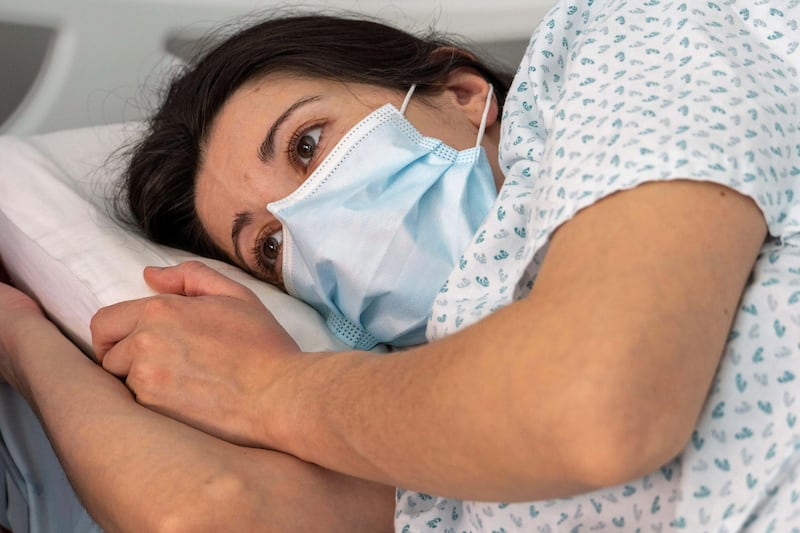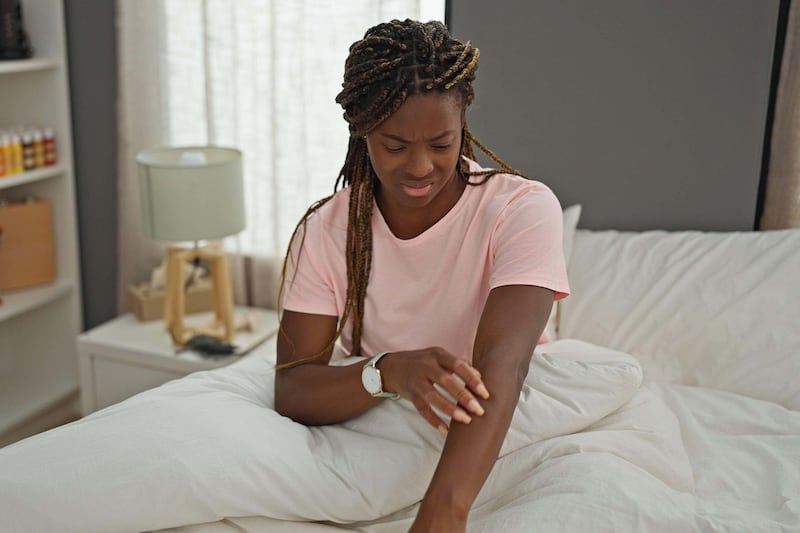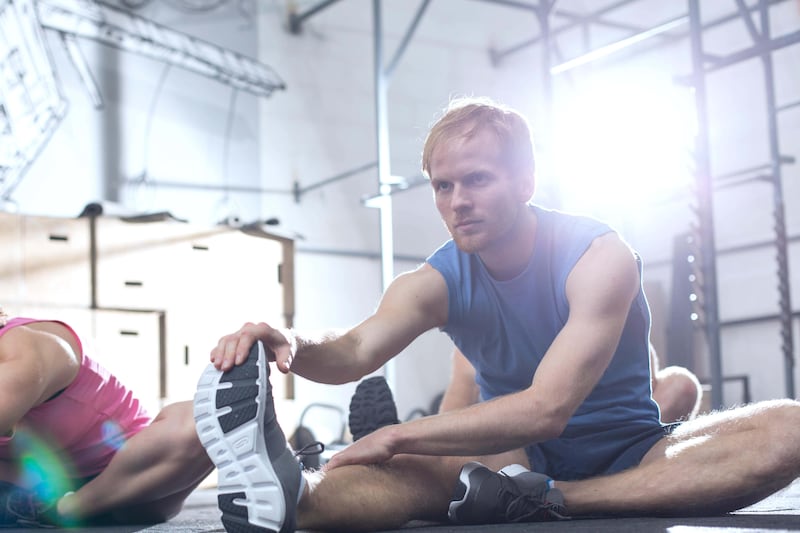SITTING outside a café, my friend and I chuckled as two groups of young men jovially batted insults back and forth as a way of greeting each other across the road.
These alternative Belfast terms of endearment undoubtedly sound odd to the unconditioned ear and require early years training to be able to decipher which are said in jest or when one should be worried.
One moniker that's never endearing is when you are described as having a 'resting bitch face', RBF. People with this affliction are aware of it as they have often been reminded multiple times and do seek out dental treatments as part of the solution. Although Trump, true to form, went against the stream and utilised his RBF as a political weapon.
We are very quick to scrutinise each other's faces and label people - it takes on average seven seconds. Faces of people with RBF have been analysed and in general they tend to have slanted face angles. For example, the corner of the eyes tend to slope downwards, the cheeks droop and the mouth curves down.
'Frown' teeth add to the sulky appearance of RBF. Frown teeth are when the front teeth are worn, they go up like the arc of a rainbow where the central top teeth look substantially shorter than their neighbours.
A common cause of face, mouth and teeth drooping is excessive wearing away of the teeth and loss of multiple back teeth. Loss of molar teeth sends the chin jutting forward and flattens the cheek bones. While erosive drinks and grinding will slowly cause the face to crumple up as the teeth melt away turning the smile sour looking.
In many cases RBF can be substantially improved. By rebuilding the front teeth back to their proper lengths, the reverse smile corrects itself - step one to a happy face. Step two is replacement of the back teeth which jacks up the face to more youthful proportions and can improve the projection of the cheek bones returning the support to the muscles and overlying skin.
Step three involves skin treatments with fillers, toxins and collagen stimulators which can further upright downhill facial angles. The final and most important step is to practice smiling freely again.






